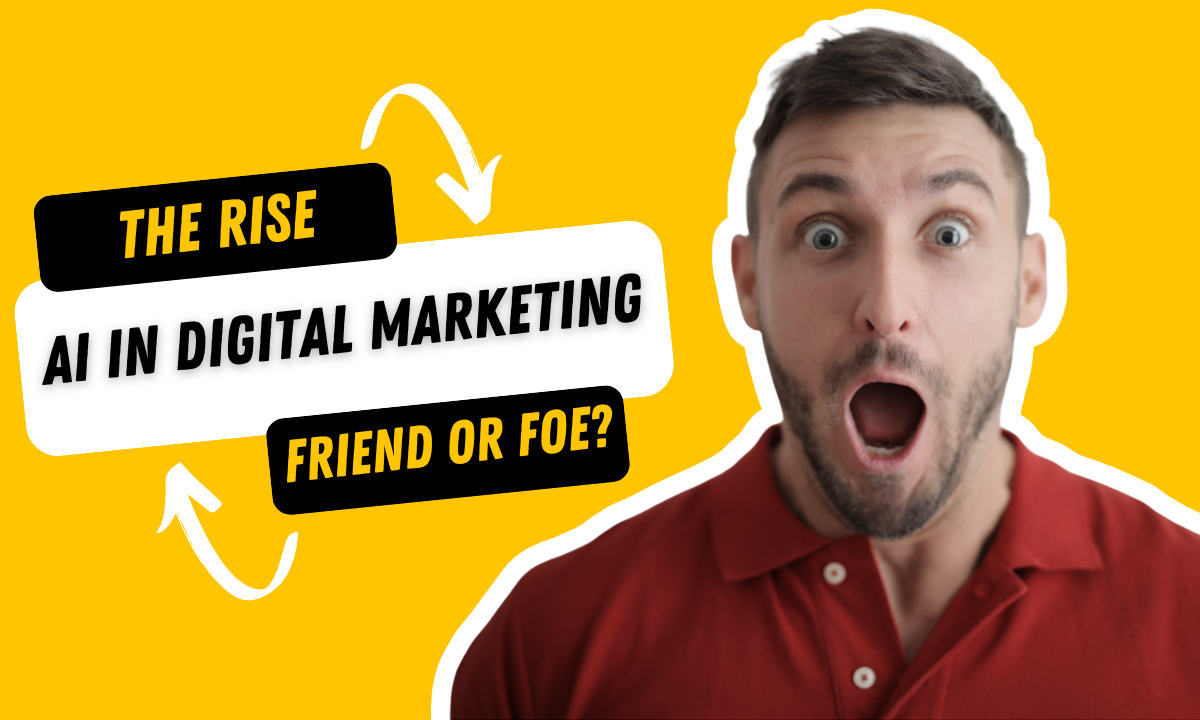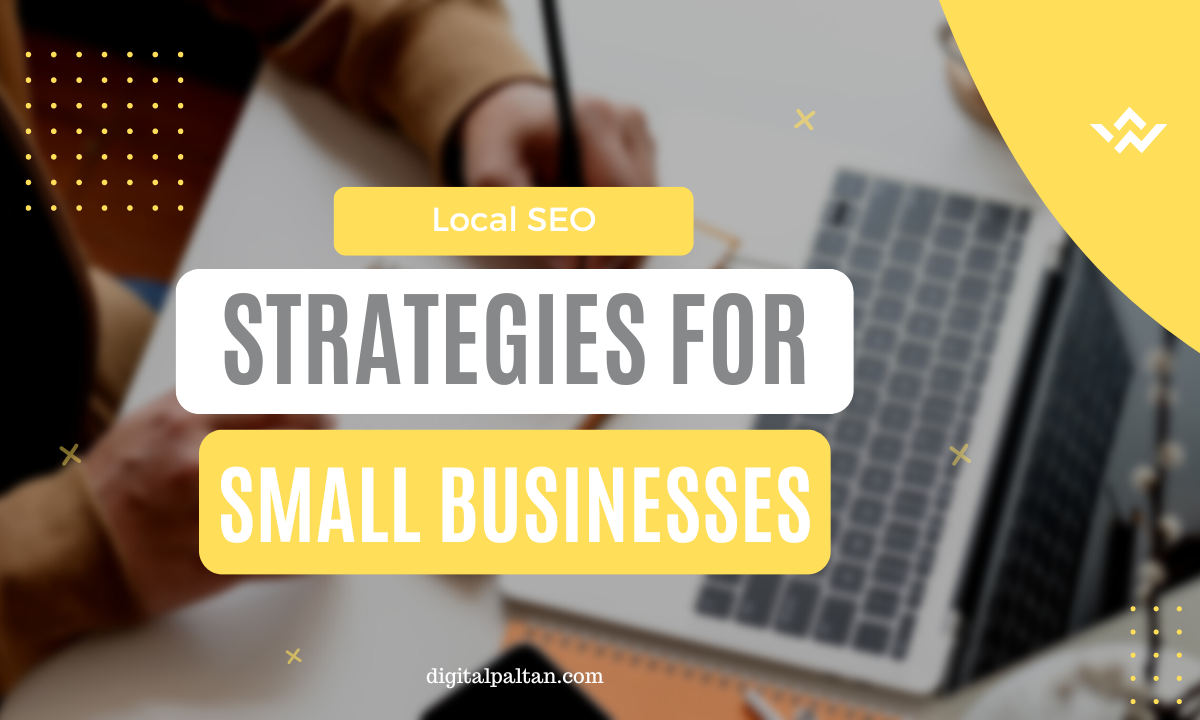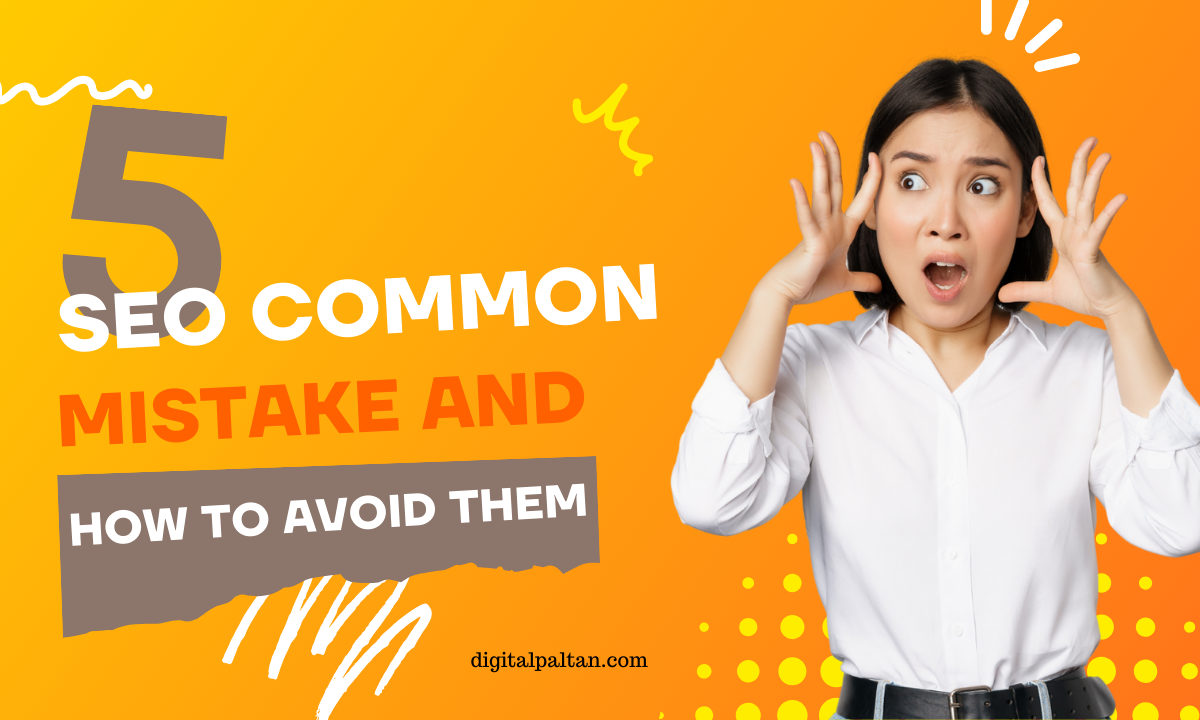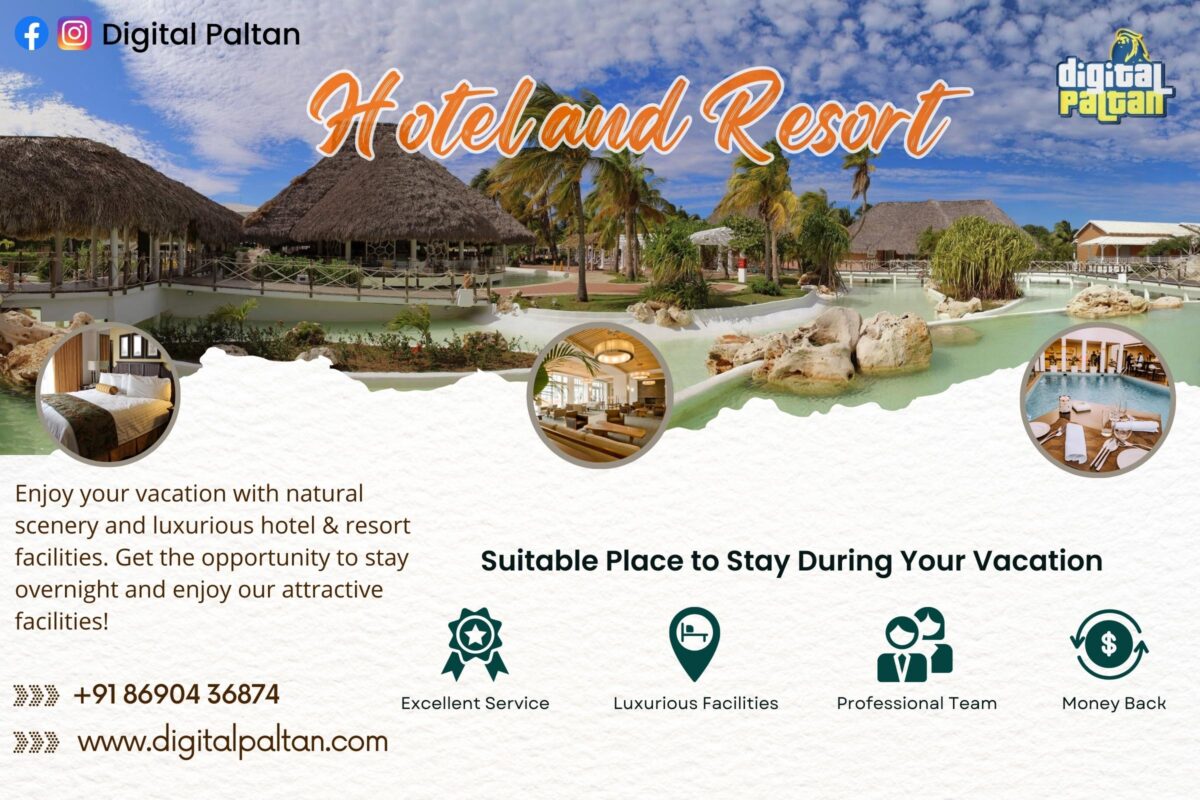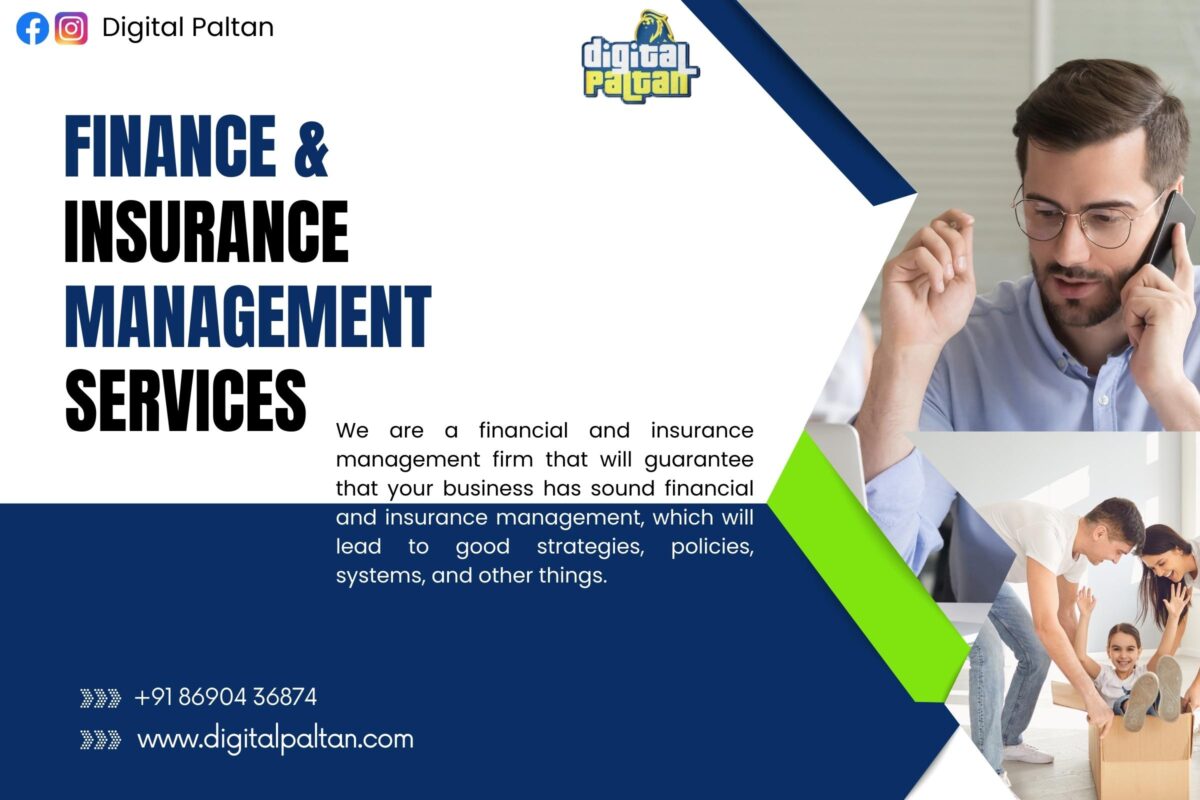How To Improve Your SEO Rankings

Introduction: In the vast digital landscape, standing out from the crowd is crucial for online success. One of the most effective ways to achieve this is through Search Engine Optimization (SEO). By optimizing your website’s visibility on search engine results pages (SERPs), you can attract more organic traffic and improve your online presence. In this blog post, we’ll explore ten proven strategies to enhance your SEO rankings and drive organic traffic to your website.
- Quality Content is King: Quality content serves as the foundation of any successful SEO strategy. Create engaging, informative, and relevant content that resonates with your target audience. Whether it’s blog posts, articles, videos, or infographics, prioritize content that adds value and addresses the needs of your audience.
- Keyword Research and Optimization: Keyword research is the cornerstone of SEO. Identify relevant keywords and phrases that your target audience is likely to search for. Utilize keyword research tools to discover high-volume, low-competition keywords. Incorporate these keywords strategically into your content, including titles, headings, meta descriptions, and body text.
- Optimize On-Page Elements: Optimize your website’s on-page elements to improve its visibility to search engines. This includes optimizing title tags, meta descriptions, headers, and image alt tags. Ensure that each page on your website is optimized for specific keywords and provides a seamless user experience.
- Mobile-Friendly Design: With the increasing prevalence of mobile devices, having a mobile-friendly website is essential for SEO success. Ensure that your website is responsive and optimized for various screen sizes. Google prioritizes mobile-friendly websites in its search results, so optimizing for mobile is crucial for improving your SEO rankings.
- Improve Website Speed: Website speed is a critical factor in SEO rankings and user experience. Optimize your website’s loading speed by compressing images, minifying CSS and JavaScript files, and leveraging browser caching. A faster website not only improves SEO rankings but also enhances user satisfaction and reduces bounce rates.
- Build High-Quality Backlinks: Backlinks are still one of the most important ranking factors in SEO. Focus on building high-quality backlinks from authoritative and relevant websites within your industry. This can be achieved through guest blogging, influencer outreach, content partnerships, and social media promotion.
- Optimize for Local SEO: If your business serves a specific geographic area, optimizing for local SEO can significantly improve your visibility in local search results. Claim and optimize your Google My Business listing, obtain local citations, and encourage customer reviews to enhance your local SEO presence.
- Social Media Integration: Integrate social media into your SEO strategy by sharing your content across various social platforms. Social signals, such as likes, shares, and comments, can indirectly impact your SEO rankings by increasing your content’s visibility and engagement.
- Regularly Update and Maintain Your Website: Keep your website updated with fresh, relevant content and perform regular audits to identify and fix technical issues. Stay informed about changes in search engine algorithms and best practices to ensure that your website remains optimized for SEO.
- Monitor and Analyze Performance: Monitor your website’s performance using analytics tools like Google Analytics and Google Search Console. Track keyword rankings, organic traffic, and user behavior to identify areas for improvement. Adjust your SEO strategy based on data insights to continually optimize your website’s performance.
Conclusion: By implementing these ten proven strategies, you can boost your SEO rankings and drive more organic traffic to your website. Remember that SEO is an ongoing process that requires patience, dedication, and continuous optimization. Stay proactive, adapt to changes in search engine algorithms, and consistently deliver high-quality content to maintain and improve your SEO rankings over time.

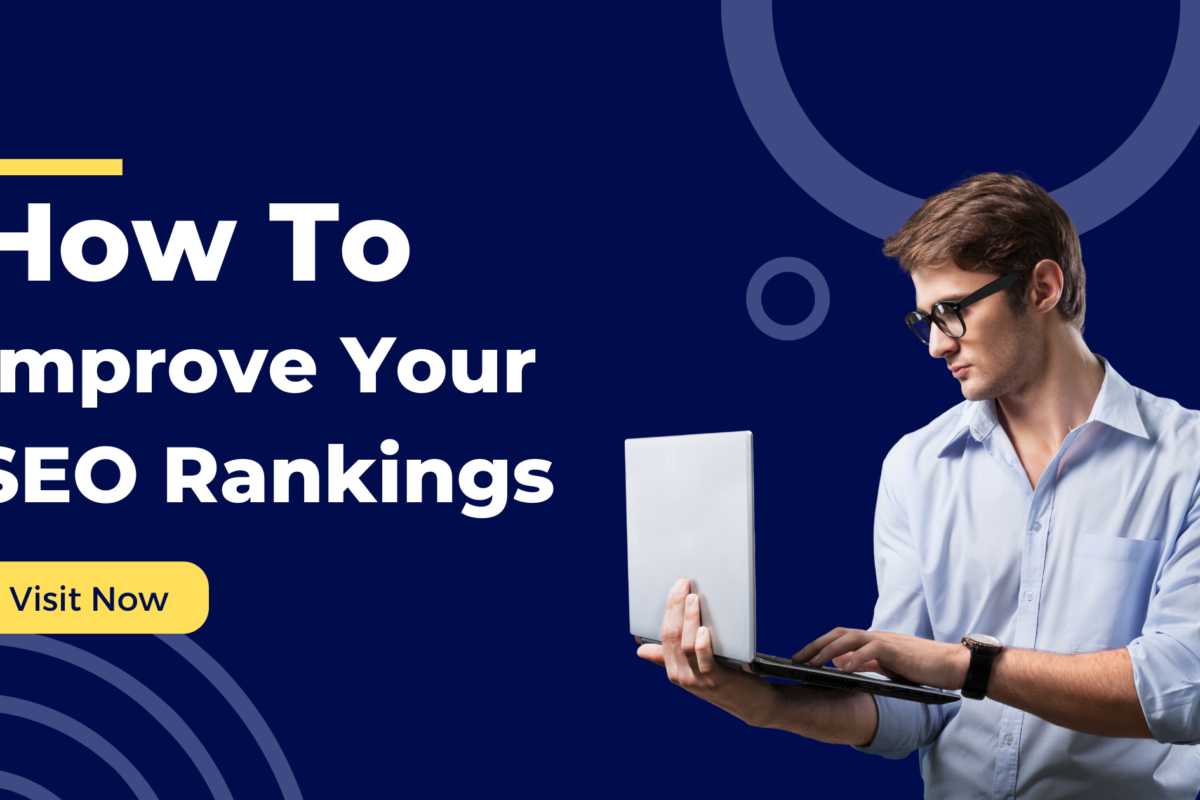
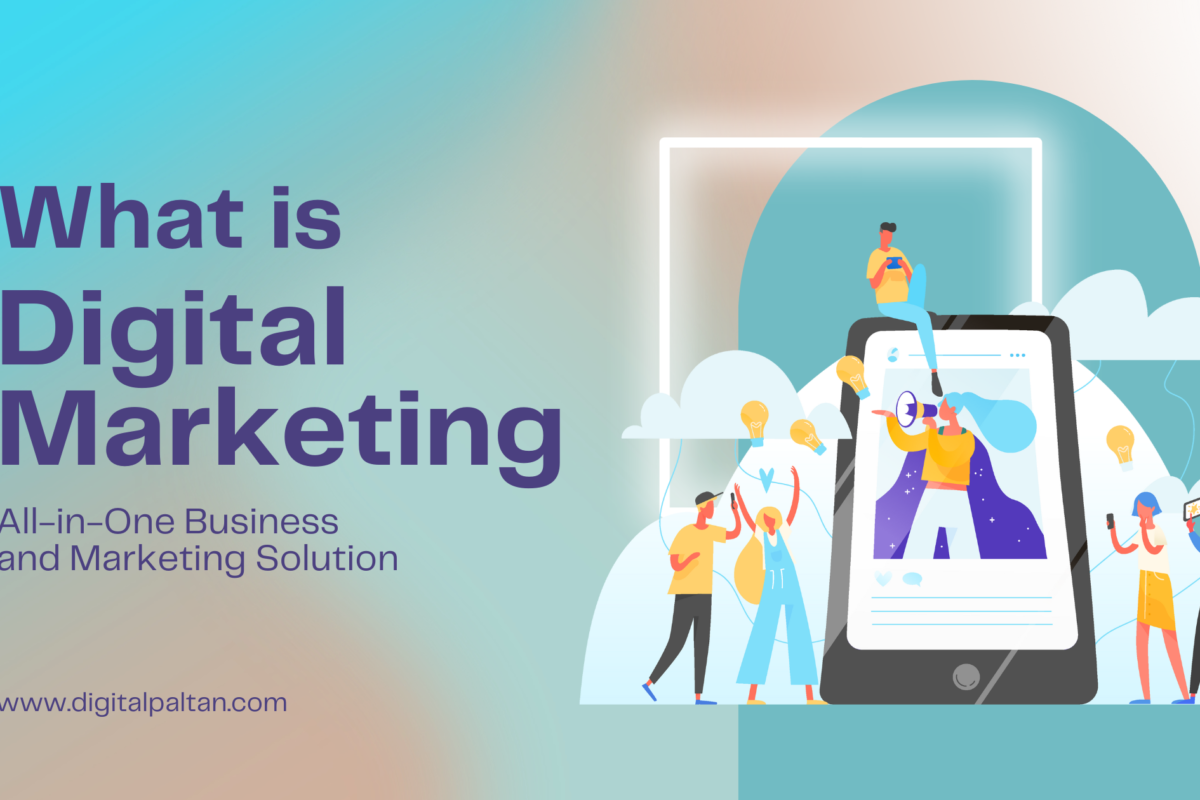
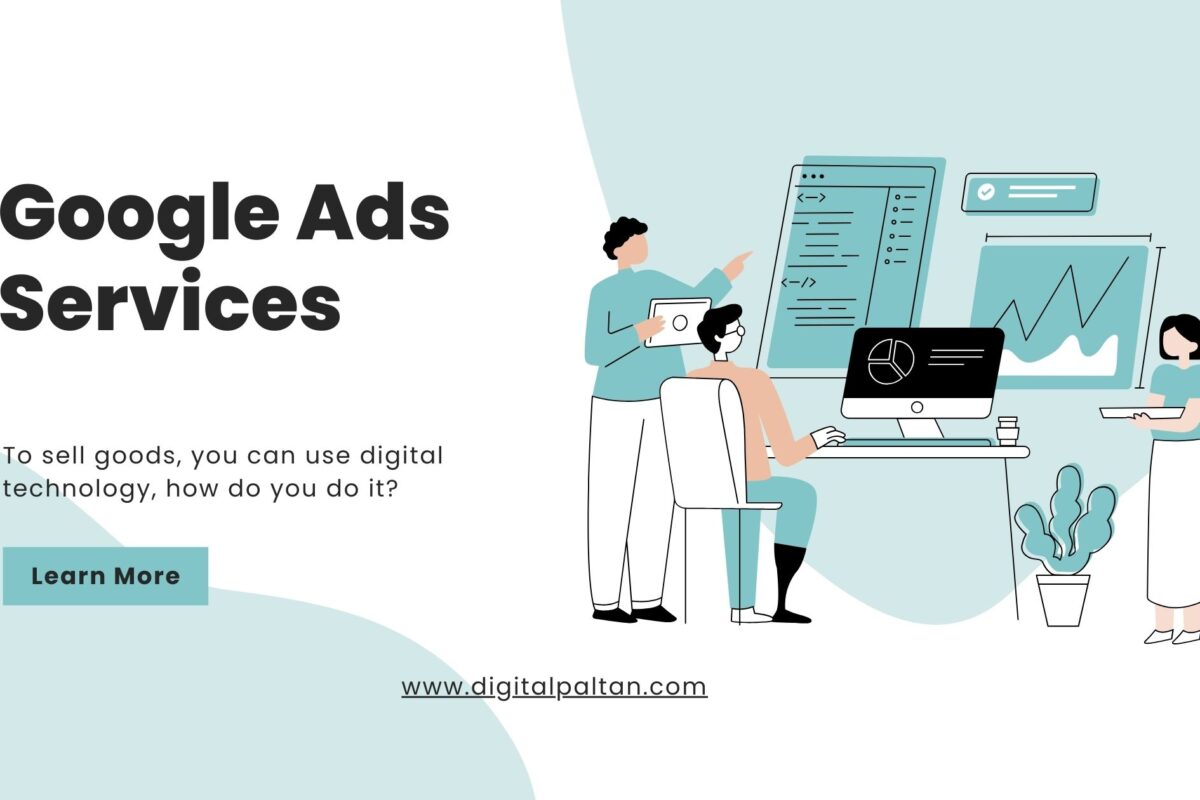
 4. Utilize the Power of Visuals:
4. Utilize the Power of Visuals: